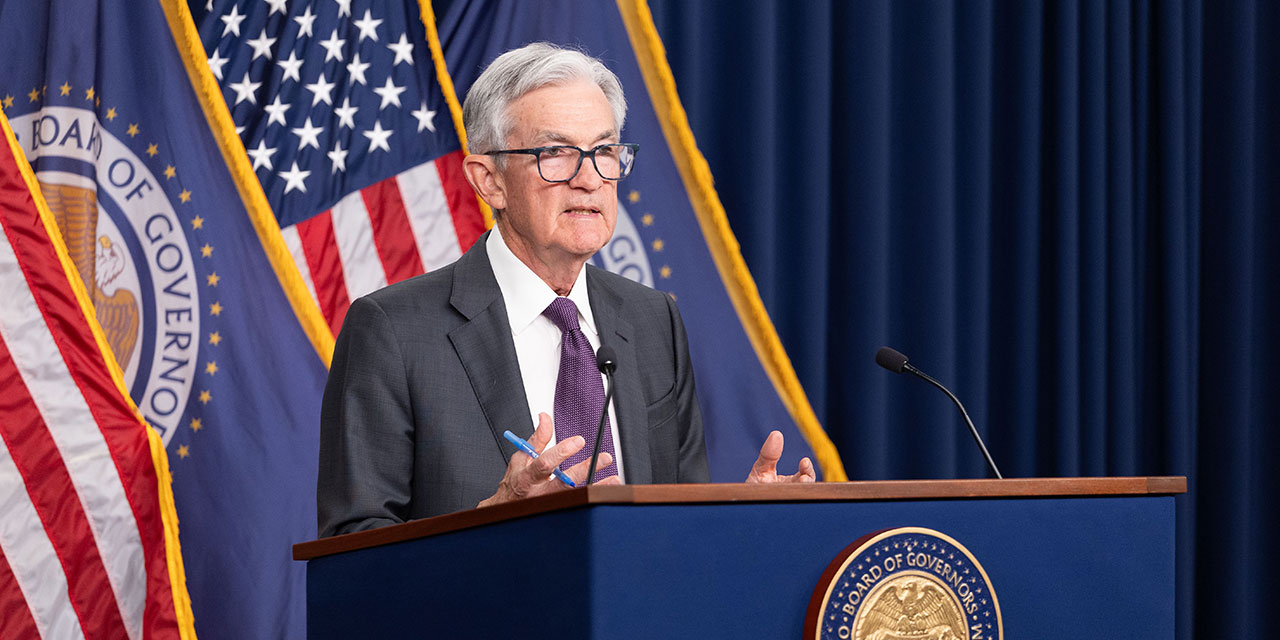President Joe Biden’s antitrust enforcers were desperate for a win. While claiming to be tough on antitrust, their track record has been far from impressive. The Federal Trade Commission and the Justice Department have challenged fewer mergers than they did during the Trump administration, and their challenges have rarely been successful. Now, the DOJ’s antitrust division has succeeded in blocking the merger of two publishing houses: Penguin–Random House and Simon & Schuster. Three weeks after the U.S. District Court in Washington, D.C., handed down an order halting the deal, Penguin’s corporate owner Bertelsmann made it official: the $2.2 billion merger has been scrapped.
Both supporters and critics of the decision see it as a landmark case. Barry C. Lynn, executive director of the left-leaning Open Markets Institute—the former employer of current FTC chairwoman Lina Khan—called the case “a huge reversal” and “a foundation on which we can build cases.” At the opposite end of the political spectrum, Tad Lipsky, a former DOJ and FTC official who now leads the Competition Advocacy Program at George Mason University’s Global Antitrust Institute, told the Washington Post: “The thing that I object to in Biden’s antitrust is that it is not based on sound legal analysis or sound economics.”
Both sides are wrong. This was a standard monopsony case, not a rejection of the economic foundations of antitrust, the consumer-welfare standard, or the rule of reason. The arguments, and the court’s opinion, were in many ways mundane.
The court’s reasoning followed the burden shifting of the so-called “Baker Hughes test.” First, the government established that the merger would generate high concentration in a relevant market. In this case, the market was for the narrow category of book contracts with “top-selling authors,” defined as those receiving advances of $250,000 or more. Some of the advances described in the DOJ complaint were in the millions of dollars. That submarket comprises just 2 percent of all book contracts, and Penguin–Random House and Simon & Schuster have nearly 50 percent of those contracts between them.
For the decision to be a landmark, one might expect it to break with the past few decades of antitrust precedent, in which courts have followed the consumer-welfare standard. Unlike earlier antitrust jurisprudence, which held that big was almost always bad, the basic idea of that doctrine is that the goal of antitrust should be to choose whatever outcome helps consumers. If the Sprint and T-Mobile merger will ultimately help consumers, then it should be allowed. If an agreement among broiled-chicken producers will ultimately hurt consumers, then it should not be allowed.
Under the consumer-welfare standard, high concentration is not necessarily a problem; it may benefit consumers if the merger can lead to cost savings. That is why a high concentration is not necessarily illegal in today’s world. Instead, establishing high concentration shifts the burden of proof from the plaintiff—in this case, the government—to the defendant: the publishing houses.
The narrower the market, the easier it is for the plaintiff to establish harm, and the harder it can be for the defendant to rebut the government’s case. Once the court accepted the government’s market definition, the publishing houses had to prove that market concentration is an unreliable indicator in the particular market in question, and that anticompetitive harm from the merger would not be likely. For example, if entering a market is easy, then even a single incumbent is constrained by potential entrants. I can’t charge $10 for a banana at my local farmer’s market—not for long, at least—because if I do, someone else will set up a stand right next to me and charge a lower, but still profitable, price.
Penguin–Random House and Simon & Schuster argued that entry into the publishing market was feasible by pointing to, for example, the possibility that Amazon could enter publishing more seriously. The DOJ disputed this ease-of-entry argument by pointing to how rigid book publishing has been. After all, the big names have been the big names for 30 years. Ultimately, the court agreed.
Reasonable antitrust scholars and practitioners can (and will) debate the merits of the ruling. But no one should claim the ruling doesn’t follow precedent or the economic approach to antitrust.
One aspect that appears distinctive about the case is that it focused on whether there were harms to the workers: that is, the authors. The government alleged monopsony power, where the buyer has control. More standard antitrust cases focus on monopoly harms, where the seller has market power—such as Microsoft selling PC operating systems. Advocates for more vigorous antitrust enforcement increasingly have turned their attention to monopsony cases, especially in labor markets. As one antitrust consultant asked: “Does [the ruling] mean the consumer welfare standard—which ranked consumers over workers in the antitrust hierarchy and fixated over short-run price effects—is officially dead?”
But upon closer examination, the new focus on worker harm wasn’t evident in this case. Both sides agreed that if book advances for big-ticket authors became less generous following the merger, those authors would write fewer books. Output and consumer choice would both be reduced, according to the decision; that is, consumers would be harmed. The ruling, then, was not a worker’s revolution via antitrust. It was a run-of-the-mill antitrust case that followed the logic of the consumer-welfare standard.
A real test of existing antitrust doctrine will involve a case where both parties agree that consumers would benefit from a merger but disagree on whether the merger would harm workers or other sellers in the marketplace. If the courts prioritize harm to other parties over harm to consumers, and if the Supreme Court sustains that approach, then both consumers and the consumer-welfare standard may be out the window. For now, however, reports of the standard’s death have been greatly exaggerated.
Photo by Lindsey Nicholson/UCG/Universal Images Group via Getty Images





